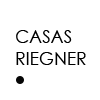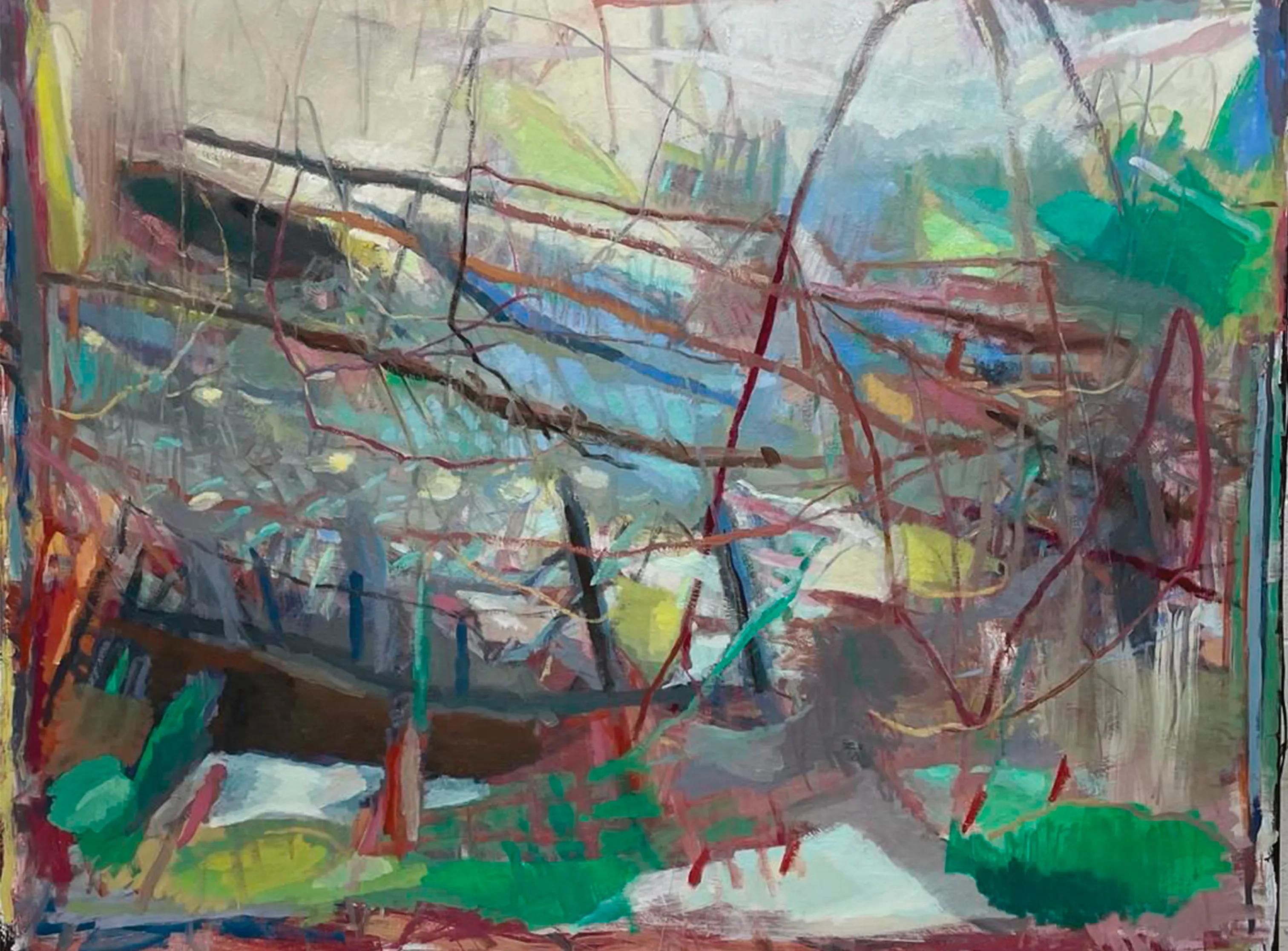Casas Riegner at EXPO Chicago 2023
CASAS RIEGNER announces its participation in EXPO Chicago 2023. From April 13 to 16 in booth 316 will be exhibited the works of these artists:
Beatriz Gonzalez
Since the beginning of her career, Beatriz González has been a relentless observer of her country and a harsh critic of people’s tendency to easily forget tragic events resulting from an outpouring of images alluding to Colombia’s never ending conflict. For the production of the majority of the works found in the exhibition, González resorts to paper clippings most of which have been extracted from the newspaper Hoy Diario del Magdalena, for the creation of images that through their formal composition, enclose and highlight figures evoking pain. Moreover, these images emphasize the “antisiluetas” (anti-silhouettes), a pictorial resource of great significance for the artist in which silhouettes of figures weeping and sitting down, or picking up a wooden beam, or that of corpses blending with the natural landscape, lack clear edges, thus creating indistinct yet highly evocative images. Likewise, an unprecedented color palette is used to reminisce on the senseless tragedy that continues to invade Colombia.
Feliz Bursztyn
“By using parts of a car as her primary material, Bursztyn not only recalled their former glamorous life, but also complicated the ideas developed by the Nouveaux Réalistes or contemporaneous artists working under the pop art rubric. [...] In these works, Bursztyn points to yet another dimension: her colorful assemblages may be read as allusions to proletarian labor. [...] This association with the working class also invoked the role of men in society. Neither the mechanic nor the worker described above could be other than male in Colombia in the 1960s [...] her adoption of welding as an artistic technique challenged classical gender stereotypes.”
Feliza Bursztyn: Welding Madness /authors: Marta Dziewań ska and Abigail Winograd; translation: Maria Peroggi, Michael Wolfson-Susch: Muzeum Susch, 2021.
Bernardo Ortiz
Bernardo Ortiz’s artistic practice blends drawing, writing and design. His work embodies a transgressive approach to drawing that centers on articulating processes and ideas through a unique utilization of text that recalls concrete poetry. Often alluding to ordinary and day-to-day occurrences, Ortiz’s drawings, many of which are literary in nature, often speak of painting and document the passing of time through meticulous and obsessive compositions on fabric and paper that reveal a tranquil yet complex universe made up of endless references and associations.

Rosemberg Sandoval
Rosemberg Sandoval’s artistic practice exhumes “subaltern histories” associated with ancestral cultures, while feeding from personal experiences and his close connection to his sociopolitical and geographical context. Tablón Mujer II, a frottage that results from a clandestine action in which Sandoval exorcises and challenges the history of a Colombian archeological site, is a part of an extensive project that according to the artist: “connects the ancestral to the contemporary, whereby the power of marginality is imprinted in the multiple ways and treatments used to attack and magnetize the in situ supports.”

Leyla Cárdenas
Cardenas investigates exhibition sites and their surroundings in order to exhume layers of prior use and intervention. Neglected ruins of former structures and quarries at the fringes of urban development provide Cardenas with material testimony to the cyclically destructive effects of industrialization; they reappear in her works as spectral images on stretched, frayed fabrics or meticulously stratified cross sections of past restoration efforts.

Luis Roldán
Luis Roldán‘s interests relate to the exploration of abstract painting, its materials, structures and final appearance. Using a wide range of media and supports, he presents an experimental and object oriented review of the pictorial gesture. Incorporating different methodologies and techniques, Roldán creates links between his literary, poetic or musical references, and his research about color, surface, and painting’s support. In doing so, his work reveals a hybrid and multidimensional character.

Carlos Alfonso
In his practice, the pictorial is considered a way of intervention that is articulated with other media. His representation of power is not limited to the creation of an image, but rather opens possibilities for dialogue and incorporation with other frameworks of interpretation, where sculpture, text, cooking, audiovisual and editorial resources are part of the processes. This has led him to collaborate with other people in different contexts, as in the Flora ars+natura residency (2019) where his study was extended to the kitchen as a space for experimentation around food and hospitality, as a result of this experience, the book Mundos Mutuos, la Cocina Como Taller (2020) was published in co-authorship with the anthropologist Cristina Consuegra.

Luz Lizarazo
Lizarazo’s body of work is characterized, among other things, by the exploration of fragmented and more vulnerable bodies, reflections on loss and uprooting, as well as by a persistent plastic and poetic inquiry into skin, organs, orifices, bodily fluids, and scars.
Text by Eugenio Viola.

Carlos Rojas
Rojas is one of the central figures of Colombian abstraction who defined the course of abstract art in Latin America. Although he completed studies in Architecture and Art (in Rome and Bogotá), it is feasible to say Rojas was a self-taught artist; choosing his many travels and passions - such as music, architecture, crafts, design, nature and even mythical expressions- as his main sources of inspiration. Throughout his career, Rojas was able to build his own language, which is marked by different creative stages. These fabric pieces made of natural fibers and pigments from his famous series America Horizonte (Horizontal America) which he began doing in 1972 up until his passing, are translations of Rojas ́perception of both the natural and cultural landscape of the various regions of Colombia




